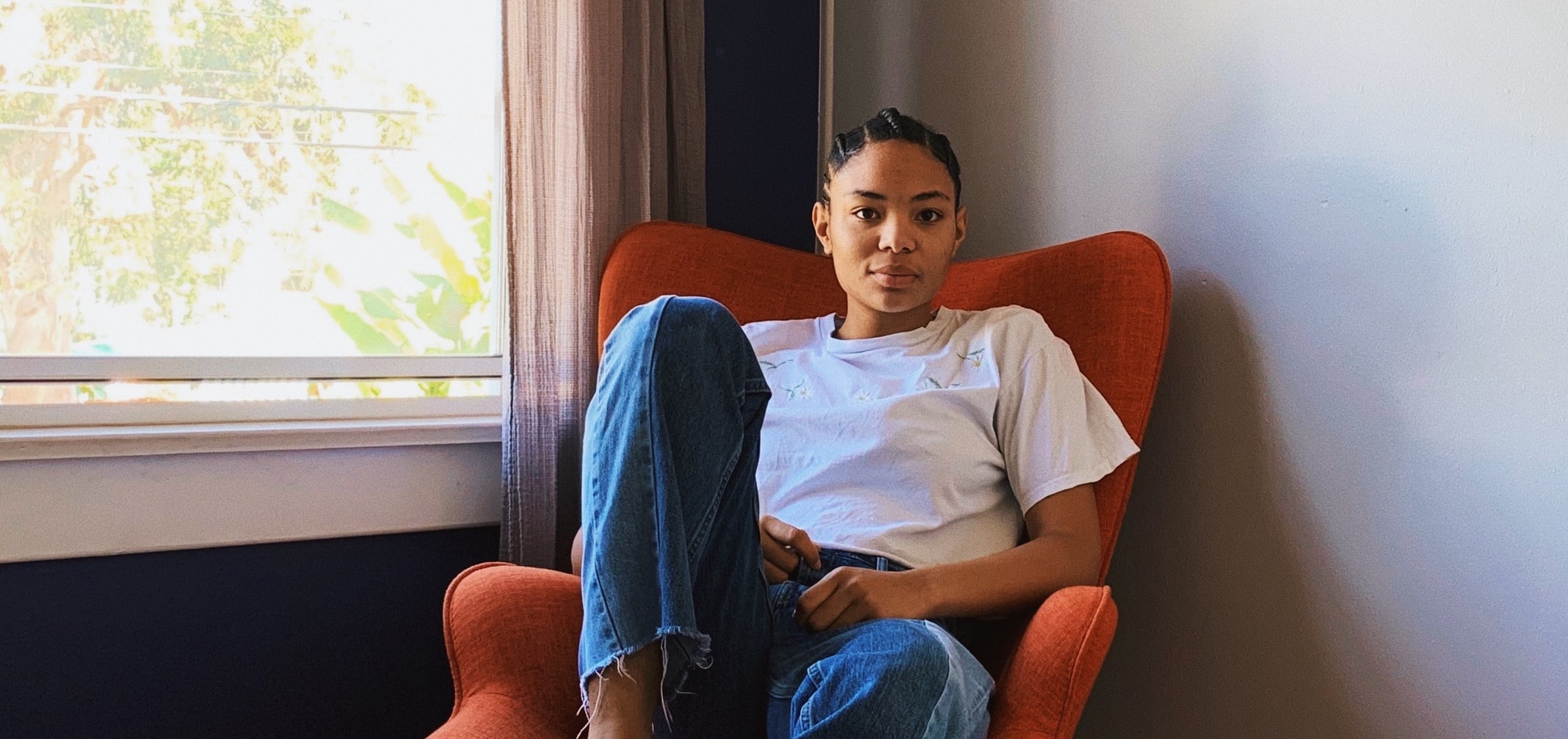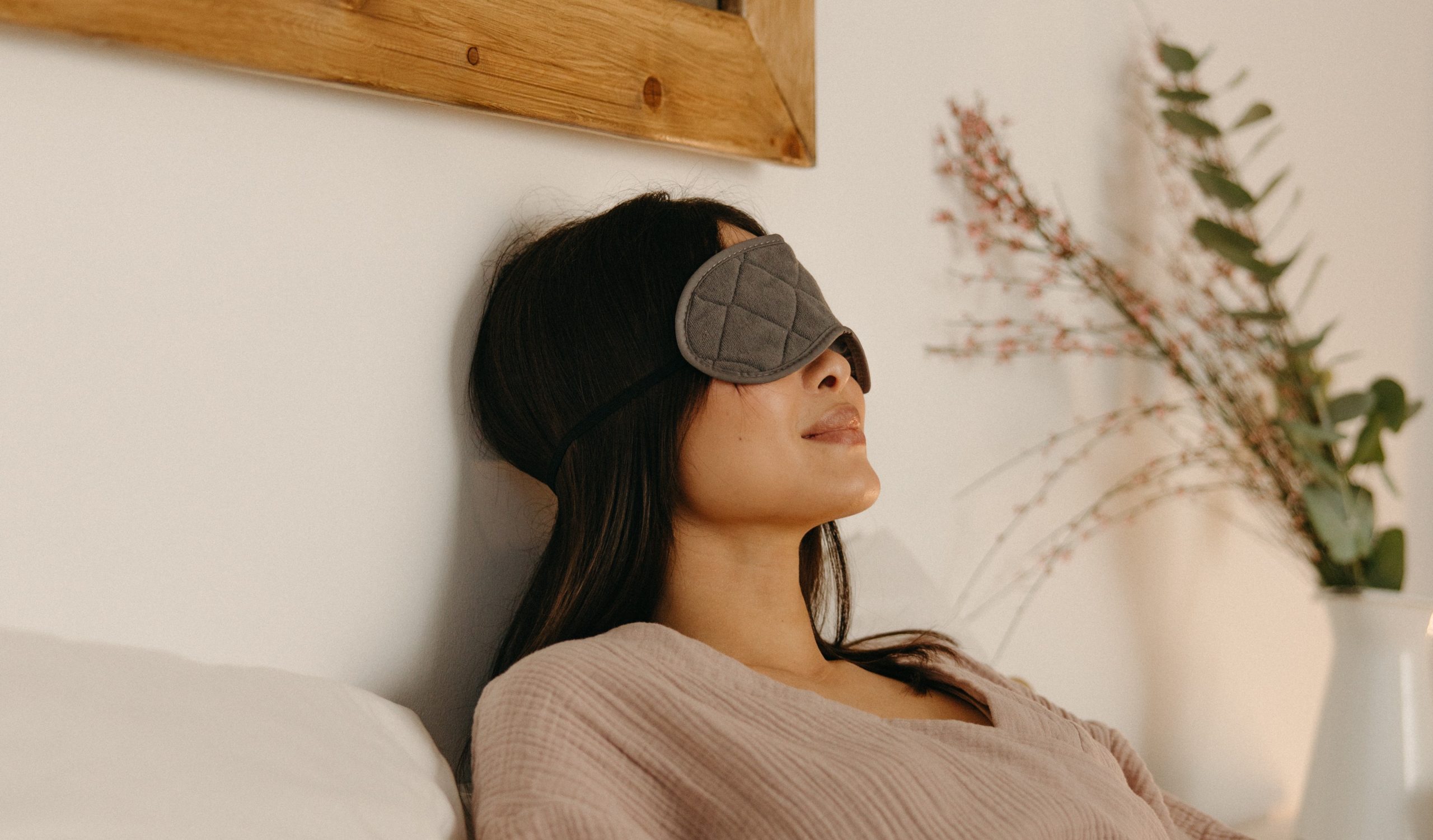Psychedelics and their therapeutic uses are being hailed as a breakthrough in the realm of mental health medicine. Actually, they represent multiple breakthroughs — in the form of multiple types of medicine being utilized in the treatment of multiple conditions. Not only are ketamine, psilocybin, and MDMA different compounds (there’s even a debate over whether or not ketamine/ketamine therapy should be classified as a psychedelic) they also operate differently in patients and one can be more adept at treating a specific condition over another.
The basics
The phrases ‘psychedelic therapies’ or ‘psychedelic medicines’ are umbrella terms for at least a half-dozen different substances including plant-based medicines like psilocybin, ayahuasca (and its main active ingredient, DMT), and peyote as well as manufactured substances like MDMA, ketamine, and LSD. Here we’ll examine three of these medicines — Psilocybin, MDMA, And ketamine — explaining how they’re different, how they can help patients, and the various settings in which they’re being used. Bet let’s start off with a basic description of each:
MDMA: Methylenedioxymethamphetamine’s (MDMA) invention dates back to 1912 when German pharmaceutical maker Merck developed the drug in order to secure a specific patent for future development of a compound designed to stop blood loss. (A 2006 paper out of the University of Ulm’s Department of Psychiatry debunked the myth that MDMA was designed to be an appetite suppressant.) In the 1970s, chemist Alexander Shulgin began advocating for its potential use in psychotherapy but it wasn’t until the mid-2000s when small US studies began to receive FDA approval to test MDMA’s efficacy in that arena.
Ketamine: the history of ketamine therapy begins with its debut in the early 1960s as a pharmaceutical intended to be used for anaesthetic purposes. Beyond the management of physical pain, patients also experienced hallucinations, euphoric feelings, sedation, and the ability to dissociate from their surroundings. In the US, it received FDA approval in the 1970s and became an important tool for treating soldiers wounded in combat during the war in Vietnam. In the year 2000, a study in Biological Psychiatry reported that ketamine also offered relief from depression. In Canada and the US, ketamine is a controlled substance but the FDA has approved ketamine in the treatment of depression and many doctors already prescribe it off-label to treat other mood disorders.
Psilocybin: Because psilocybin mushrooms are plant-based medicines, their history stretches back much further including use in religious ceremonies that date back thousands of years. Evidence of their use has been uncovered by archaeologists working in places like Spain, Mexico, and Siberia. In terms of modern therapy, psilocybin was received enthusiastically by researchers working in the field of mental health in the 1960s at Harvard University where psychologist Timothy Leary began championing the mushroom’s medicinal properties. Despite this, the US government banned psilocybin in 1968 (along with LSD) expressly stating that it had “no currently accepted medical use.” While FDA approval is still pending, the organization has recently rethought the decades-old ban, granting psilocybin “breakthrough therapy” designation for the treatment of depression.
Where medicine meets therapy

As research into psychedelic therapies advances, evidence is emerging about which mental health issues are best addressed by each medicine as well as data on the most efficacious way to administer them.
“The most commonly used psychedelic compounds across the various approaches to therapy currently include: trauma, depression, disordered eating, palliative care, sexual desire disorders, and obsessive-compulsive disorder,” says clinical psychologist Dr. Tatiana Zdyb. Researchers, however, are also looking into using these medicines to treat PTSD, anxiety, addiction, and traumatic brain injuries.
A 2016 review in Neuroscience Letters highlighted the use of MDMA to treat PTSD, reporting findings that “under careful medical supervision and specialized psychotherapy support MDMA appears to facilitate the recall of traumatic memories without the user feeling overwhelmed by the negative affect that usually accompanies such memories.” As of late 2021, examination of the benefits of MDMA for sufferers of post-traumatic stress syndrome had entered the third phase of clinical trials being conducted in both the US and Canada.
A rigorous, randomized, double-blind, and placebo-controlled study published in Nature Medicine last May demonstrated that “three doses of MDMA given in conjunction with manualized therapy over the course of 18 weeks results in a significant and robust attenuation of PTSD symptoms and functional impairment.” The researchers explain their results by saying that “MDMA-assisted therapy may facilitate recall of negative or threatening memories with greater self-compassion and less PTSD-related shame and anger. Additionally, the acute prosocial and interpersonal effects of MDMA may support the quality of the therapeutic alliance, a potentially important factor relating to PTSD treatment adherence and outcome.”

Clinicians and researchers working with ketamine have found the medicine to have broader applications and although further research is required to understand precisely how it operates within the body, we do know that it works on neurotransmitters called the glutamate system and relates to the concept of neuroplasticity theory. “Since the antidepressant effects outlast the actual drug levels one hypothesis is that the hyperglutamatergic state is mediated by a neuronal response that increases structural synaptic connectivity,” explains Dr. Zdyb. “This results in increased communication between existing neurons and the growth of new ones.”
Studies that employ a combination of ketamine and psychotherapy are under way to treat depression, chronic pain, bipolar disorder, obsessive-compulsive disorder, and social anxiety disorder and have shown promising results that are felt and observed almost immediately.
As for psilocybin, its therapeutic benefits stem from the theory that it reduces activity in the brain’s default mode network (this applies to ketamine, LSD, and ayahuasca, too). The default mode network or DMN is “an interconnected group of brain regions that are associated with introspective functions, internally directed thought, such as self-reflection, and self-criticism.” With mental health issues like anxiety, OCD, or depression, the DMN can become hyperactive leading to unwanted, repetitive, self-critical thoughts detrimental to one’s mental health. Imperial College of London’s psilocybin trials focussing on the DMN have shown that the therapy increases resting-state functional connectivity within the DMN post-treatment, alleviating the symptoms of depression and demonstrating that relief could last for up to five weeks.
The patient experience
Research highlights one common element that extends across different psychedelic therapies: that ideally, treatment should take place in a supervised setting often involving an initial intake session, supervised administration of the medicine and a guided experience, and post-experience therapy sessions. Providers of these therapies often reference “set and setting” meaning the “psychological, social, and cultural parameters which shape the response to psychedelic drugs.” Set can be defined as the “personality, preparation, expectation, and intention of the person having the experience” while setting is “the physical, social, and cultural environment in which the experience takes place.”
Dr. Zdyb describes a typical patient experience with ketamine therapy like this: “The psychedelic enhanced psychotherapy session is a 2.5-hour session during which 1-2mg/kg of oral ketamine are self-administered and the individual participates in a psychotherapy session with their therapist after spending 20-45 minutes listening to music designed for this type of therapy while wearing an eye mask.”

Clinics like Field Trip, which operates across North America, use similar protocols involving an onboarding preparation session, one ketamine therapy experience, and one integration psychotherapy follow-up session. Single doses of ketamine result in a reduction in severity of depression and suicidal ideation lasting for days to weeks depending upon the dosage and route of administration.” Psilocybin is administered orally while ketamine can be taken orally, by IV, nasally via a spray, and sublingually.
In terms of effects, ketamine can provide a higher level of dissociation meaning that individuals experience a disconnection from their “thoughts, feelings, memories, or sense of identity.” The benefit of this is the break it provides from trauma and the ability to examine it as though it is separate from the self.
Psilocybin differs from ketamine and MDMA in that the effects of a dosage last much longer — approximately four to eight hours, depending on the dose and the patient. The psychedelic effects of a ketamine dose typically end after 45 to 75 minutes. A study in Neuropsychopharmacology reports that MDMA can have initial psychological and physiological effects for 3.5 hours. The length of the experience can have effects on both cost and accessibility.
Access and availability
Legality is another factor inhibiting access to psychedelic therapies. Even in places where certain institutions have been granted permission to conduct patient trials with psilocybin and MDMA, the clinics tend to be located in large metropolises or other locations that require patients to travel, a prohibitive expense for many.
In the US, however, ketamine therapy is being treated a bit differently. It’s legal for doctors to prescribe ketamine for on-label use (for drug-resistant depression) and many prescribe it for off-label use (for mood disorders) in cases where they believe this type of treatment could help.
The legal status of all three medicines continues to evolve, with advances being made towards different levels of legalization in different places on the continent. Oregon stands out as an example of how mental health advocates can work to increase access to psychedelic medicines. In 2020, voters passed a bill that both decriminalizes psilocybin and opens the path towards legalizing the medicine for therapeutic use. In Canada, the start of 2022 saw new avenues open that allow physicians to submit requests to Health Canada for permission to treat patients with restricted psychedelic medicines.
Finally, FDA approval for use of MDMA to treat PTSD may come as soon as next year. The medicine is currently undergoing a second Phase 3 trial, which is the final step before its FDA green light.
The movement towards legalization is complex and requires the work of both clinicians and activists to ensure that access to psychedelic therapies is not limited to narrow channels that act as barriers to patients who could greatly benefit from these treatments.

